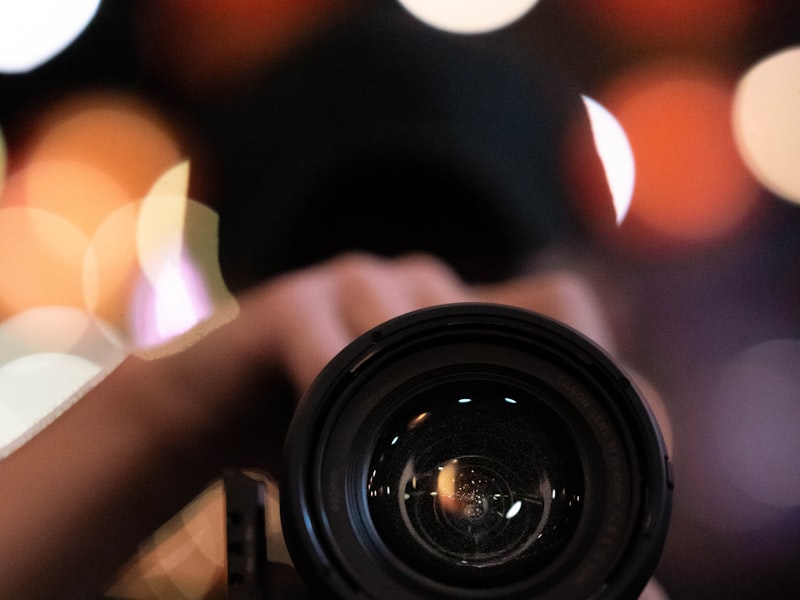What Is Reflexology?

Reflexology requires that you lie straight on your back and cross your legs. Breathe deeply and slowly. It is possible to consult a chart to learn the proper pressure for each zone. At first, start by focusing on the highest zones of the feet. It is recommended to work downwards from there, keeping your focus on one area of the feet at a time.
Reflexology is a foot massage technique.
An alternative to massage, reflexology involves applying pressure to specific areas to stimulate the reflexes. It is a natural method of massage that is performed with the fingers, thumbs and hands, without the usage of any lotions or oils. Zone therapy is an alternative term for reflexology. This is a great way to improve circulation and reduce anxiety.
The idea behind reflexology dates back to the 18th century. It is believed that pressure on certain points of the feet helps relax the body by sending signalling to the nervous system's central. It also helps improve circulation and breathing, and has a calming effect over the immunity system. This treatment can also help in easing headaches as well as improve digestion.
Reflexology for the hands

Reflexology is a kind of massage that uses hands for treating injuries and pains, is an example. This method is thought to provide many advantages, including better circulation as well as the ability to relax. Also, it has been proven to help sufferers of sinus and migraine problems. Reflexology for hands also assists in keep good health by relaxing the muscles and promoting good digestion.
There are several finger reflexes that represent various parts of the body. For example, the outside portion of the thumb symbolizes the spinal column. 과천출장 This spinal column runs across the sides of the thumb and reaches the wrist. The three areas of the spine close to the thumb are the cervicaland thoracic, and lumbar.
The ear reflexology
Ear reflexology is a type of massage therapy which uses touch techniques to stimulate specific parts of the ear. Though it could require needles, a certified practitioner should have previous experience in Acupuncture. For certification to practice ear reflexology you must complete an intensive 75 hours course. It consists of 20 hours of group instruction as well as 15 hours of in-home study, and 40 hours of practical experience. Smaller groups of up to 12 students are able to enroll in the class. Participants are provided with a thorough instruction manual that includes all the sources.
It is crucial to select a quiet space and feel comfortable while performing the ear reflexology. You should begin by massaging the lobes, gently press and pull them. Do not stop if you experience discomfort or pain. The ear reflexology process can be a short time or up to half an hour. When you're done and are done, it's possible to stay an extended period of time in the vicinity of your ears.
The reflexology of feet and hands
The practice of reflexology in the hands and feet is one that uses pressure on different parts of the body to enhance general health. Reflexology is based on the idea that various areas on your feet may be associated with different organs. When applying pressure to a specific region of the foot the reflexologist can affect that organ's functioning.
Hand-and-foot reflexology focuses on stimulating pressure points on the feet and hands for overall health and well-being. It can also be beneficial for those with neuropathy. It can also help soothe painful feet and hands following exercising or walking. It's been proven to relieve chronic pain, improve sleep quality, and reduce stress.
The theory behind reflexology of the hand and foot states that pressure points stimulate your "Qi" (pronounced chee) that is the vital force flowing through a person's body. When this flow is restored, the person's body is more healthy and balanced. Reflexologists apply gentle pressure to stimulate relaxation and restore equilibrium during sessions of reflexology. The process has similar benefits to other types of massage.
The hand-and-ear reflexology
The practice of reflexology, which is also known as hand-and-ear reflexology is one of the examples of alternative medical treatment. The practice stimulates a portion of your body's reflex areas. The points influence the body's circulatory, immune neuropeptide, endocrine and circulatory systems. Reflexology has many benefits, including pain relief and enhanced digestion. It is crucial to remember that it is not a substitute for medical treatment.
Reflexology employs pressure points on the hands and ear to effect organs and system. The ear, the hands and feet act as "maps" to the body's systems and organs. They are "maps" can be used by reflexologists in order to alter organs and systems within the body. Although not all practitioners use the same reflex points however, there's a general agreement regarding the most important reflex points.
